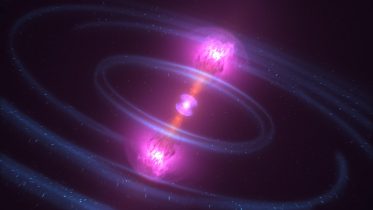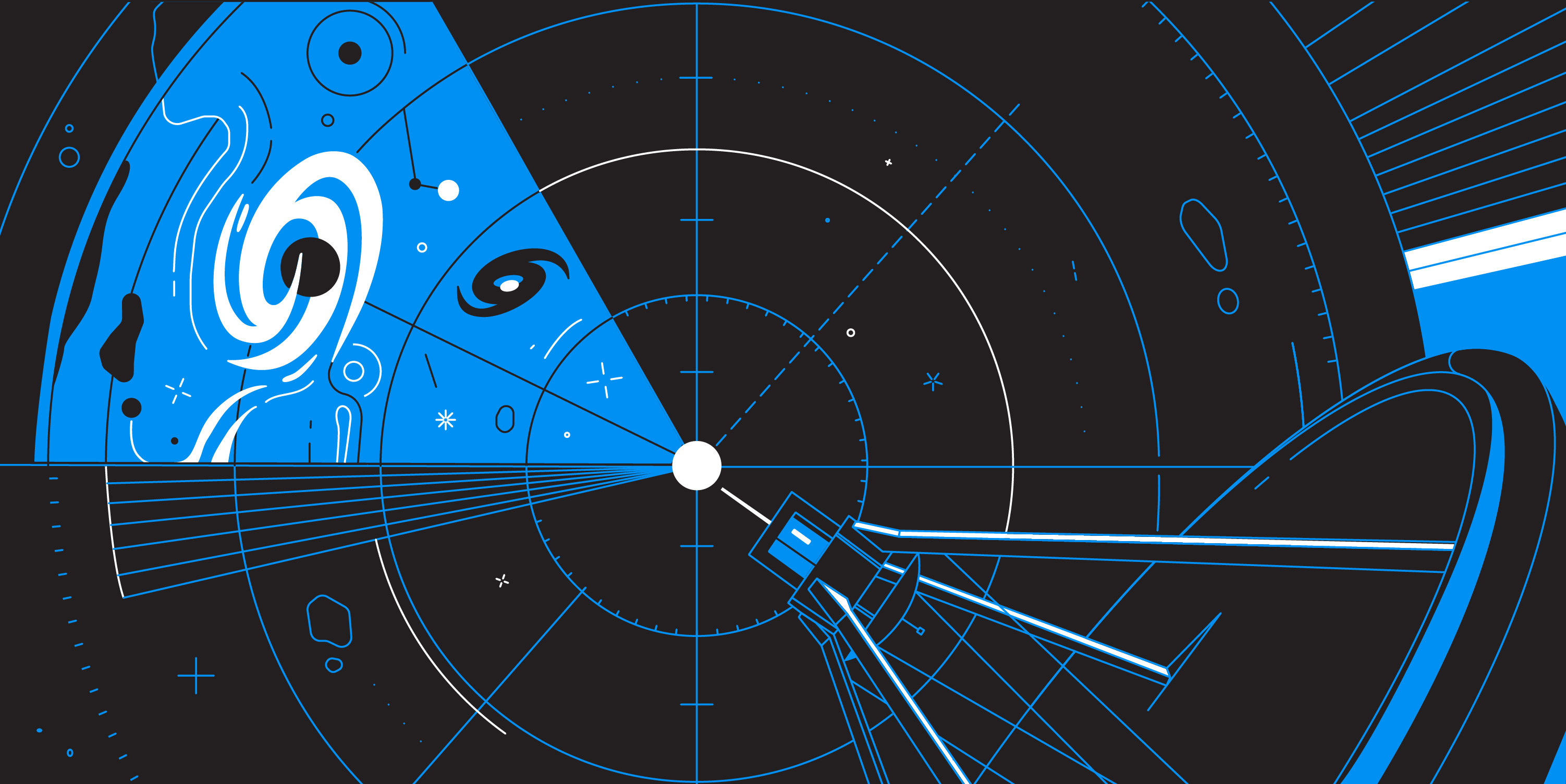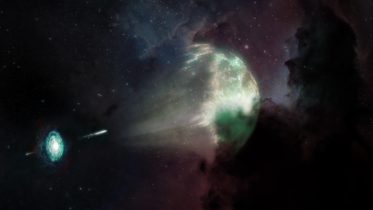
Neutron Star Merger
A neutron star merger is a type of stellar collision. It occurs in a fashion similar to the rare brand of type Ia supernovae resulting from merging white dwarfs. When two neutron stars orbit each other closely, they gradually spiral inward due to gravitational radiation. When the two neutron stars meet, their merger leads to the formation of either a more massive neutron star, or a black hole. The merger can also create a magnetic field that is trillions of times stronger than that of Earth in a matter of one or two milliseconds. These events are believed to create short gamma-ray bursts. The mergers are also believed to produce kilonovae, which are transient sources of fairly isotropic longer wave electromagnetic radiation due to the radioactive decay of heavy r-process nuclei that are produced and ejected during the merger process.





